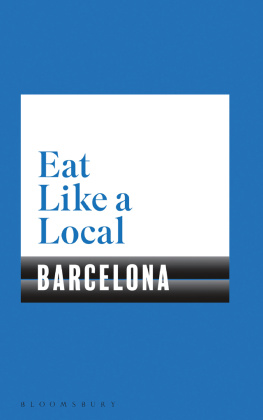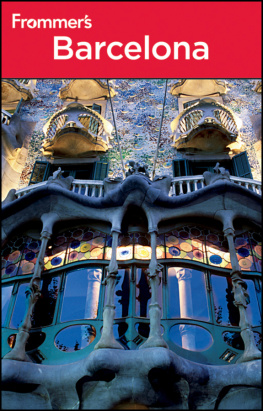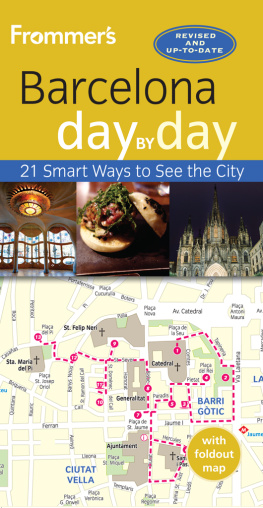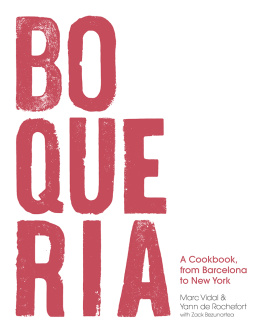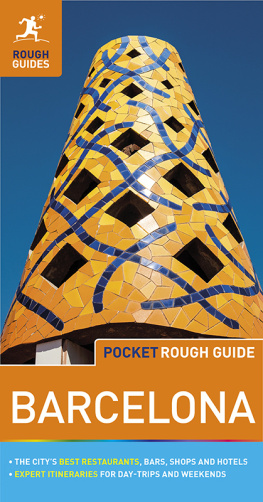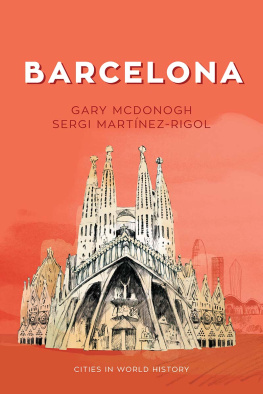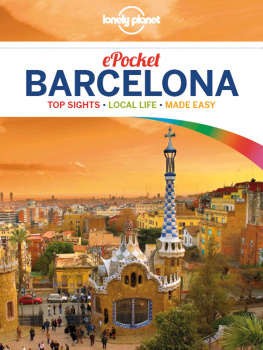Montserrat Miller - Feeding Barcelona, 1714-1975: Public Market Halls, Social Networks, and Consumer Culture
Here you can read online Montserrat Miller - Feeding Barcelona, 1714-1975: Public Market Halls, Social Networks, and Consumer Culture full text of the book (entire story) in english for free. Download pdf and epub, get meaning, cover and reviews about this ebook. year: 2015, publisher: LSU Press, genre: Politics. Description of the work, (preface) as well as reviews are available. Best literature library LitArk.com created for fans of good reading and offers a wide selection of genres:
Romance novel
Science fiction
Adventure
Detective
Science
History
Home and family
Prose
Art
Politics
Computer
Non-fiction
Religion
Business
Children
Humor
Choose a favorite category and find really read worthwhile books. Enjoy immersion in the world of imagination, feel the emotions of the characters or learn something new for yourself, make an fascinating discovery.

- Book:Feeding Barcelona, 1714-1975: Public Market Halls, Social Networks, and Consumer Culture
- Author:
- Publisher:LSU Press
- Genre:
- Year:2015
- Rating:4 / 5
- Favourites:Add to favourites
- Your mark:
Feeding Barcelona, 1714-1975: Public Market Halls, Social Networks, and Consumer Culture: summary, description and annotation
We offer to read an annotation, description, summary or preface (depends on what the author of the book "Feeding Barcelona, 1714-1975: Public Market Halls, Social Networks, and Consumer Culture" wrote himself). If you haven't found the necessary information about the book — write in the comments, we will try to find it.
The food markets of Barcelona host thousands of customers daily, from tourists eager to sample fresh fruits and grilled seafood to neighborhood cooks in search of high-quality ingredients. While other countries experienced major shifts away from the public-market model in the twentieth century, Barcelonas food markets remained fundamental to the citys identity, economy, and culture. Montserrat Millers Feeding Barcelona, 1714-1975 examines the causes behind the extraordinary vibrancy and tenacity of the Barcelonan market system.
Miller argues that recurrent revolutionary uprisings in Barcelona, beginning in the mid-eighteenth century, forced ongoing collaboration between the public and private sectors to ensure adequate and effective food distribution. Municipal support permitted small-scale food sellers in Barcelona to survive in a period more commonly characterized by increasing capitalization in food retail, while the importance of food markets to Barcelonas social networks enhanced vendors ability to recognize and adapt to changing customer demands. In addition, a high number of stalls owned by women contributed both to the financial well-being of vendor families and to the sociability patterns that placed neighborhood food markets at the center of daily life in the city. The shared commitment of vendors, shoppers, and government officials to a market model of food sales created the lasting and unique market system that persists in Barcelona to this day.
Drawing from extensive archival research and numerous interviews with individuals at all levels of the market system, Feeding Barcelona, 1714-1975 is the first detailed history of the historical and social influences that create urban food markets.
Montserrat Miller: author's other books
Who wrote Feeding Barcelona, 1714-1975: Public Market Halls, Social Networks, and Consumer Culture? Find out the surname, the name of the author of the book and a list of all author's works by series.

